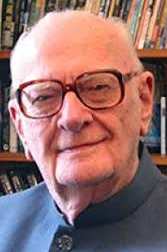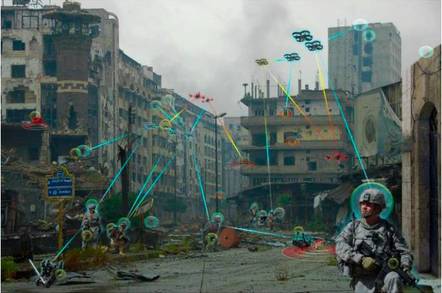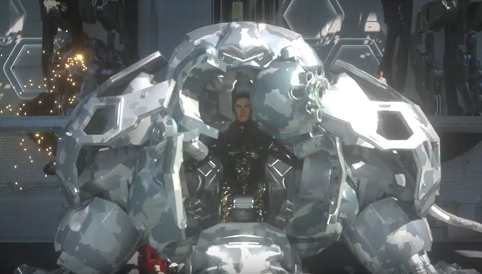(Editor’s Note: Beginning today, the Mad Science Laboratory will publish a monthly post listing the most compelling articles, books, podcasts, videos, and/or movies that the U.S. Army’s Training and Doctrine Command (TRADOC) Mad Scientist Initiative has come across during … Read the rest
48. Warfare at the Speed of Thought
(Editor’s Note: Mad Scientist Laboratory is pleased to present the second guest blog post by Dr. Richard Nabors, Associate Director for Strategic Planning and Deputy Director, Operations Division, U.S. Army Research, Development and Engineering Command (RDECOM) Communications-Electronics Research, … Read the rest
47. Quanta of Competition
(Editor’s Note: Mad Scientist Laboratory is pleased to present the following post by repeat guest blogger Mr. Victor R. Morris. Strap in and prepare yourselves for a mind-expanding discussion on the competition field’s application of quantum field theory … Read the rest
46. Integrated Sensors: The Critical Element in Future Complex Environment Warfare
(Editor’s Note: Mad Scientist Laboratory is pleased to present the following guest blog post by Dr. Richard Nabors, Associate Director for Strategic Planning and Deputy Director, Operations Division, U.S. Army Research, Development and Engineering Command (RDECOM) Communications-Electronics Research, … Read the rest
45. Envisioning Future Operational Environment Possibilities through Story Telling
 “The only way of discovering the limits of the possible is to venture a little way past them, into the impossible.” — Sir Arthur C. Clarke, 20th Century British science fiction writer, futurist, and inventor
“The only way of discovering the limits of the possible is to venture a little way past them, into the impossible.” — Sir Arthur C. Clarke, 20th Century British science fiction writer, futurist, and inventor
In envisioning Future Operational Environment … Read the rest





